My Generation by The Who
Buy My Generation The Who released an impressive debut album in December 1965 with My Generation. Although the group was initially dissatisfied with the album, it has grown in the past half century […]
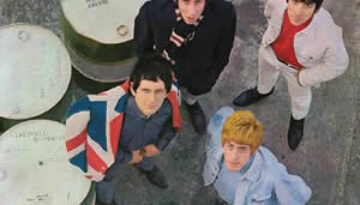
Buy My Generation The Who released an impressive debut album in December 1965 with My Generation. Although the group was initially dissatisfied with the album, it has grown in the past half century […]
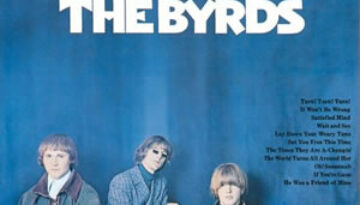
Buy Turn! Turn! Turn! The Byrds finished their breakout year of 1965 with their second highly acclaimed and commercially successful album of that year. Turn! Turn! Turn! built on the group’s distinct, multi-guitar-timbre, […]
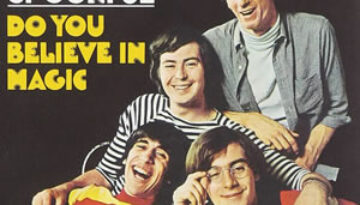
Buy Do You Believe in Magic? The Lovin Spoonful had a meteoric career which climaxed shortly after it began in the mid 1960s. Do You Believe in Magic is the 1965 debut album […]
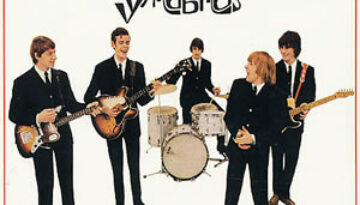
Buy Having a Rave Up with The Yardbirds Having a Rave Up with The Yardbirds is an oddly constructed mish-mash of recent singles, new recordings, and live tracks recorded over 19 months prior […]
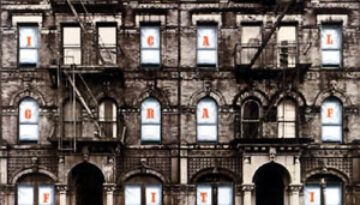
Buy Physical Graffiti Today we cover an album that epitomizes everything that is great about classic rock. Through their dozen years as a band, Led Zeppelin released eight studio albums, all of which were […]
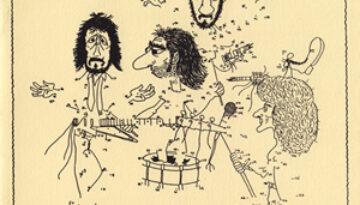
Buy The Who By Numbers With both the successes and failures of conceptual rock operas behind them, The Who made a transitional record with 1975’s The Who By Numbers. The album contains some […]
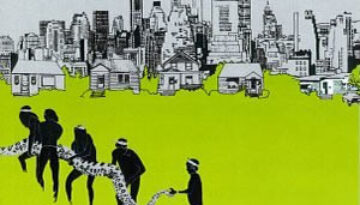
Buy The Hissing Of Summer Lawns Joni Mitchell continued her musical evolution from folk and pop towards free form jazz with her adventurous 1975 album, The Hissing of Summer Lawns. The album incorporates […]
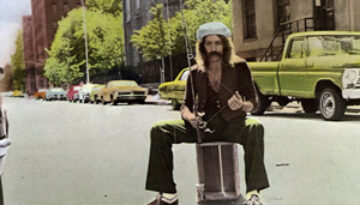
Buy Fool For the City Foghat may have set the template for the sound and tone of mainstream, 1980s “hair” rock five years before that decade even began. Fool for the City, the […]
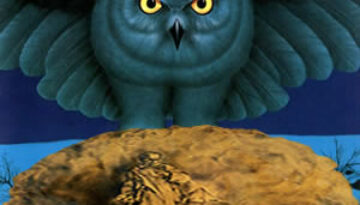
Buy Fly By Night Buy Caress Of Steel 1975 was the year when Rush truly became Rush with the first recordings following the arrival of drummer and lyricist, Neal Peart. During the course […]
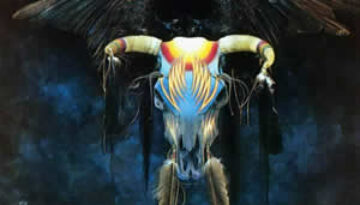
Buy One of These Nights A very diverse record which proved to be The Eagles major breakthrough album, One of These Nights, presents the band at a junction between their country/rock past and pop/rock […]